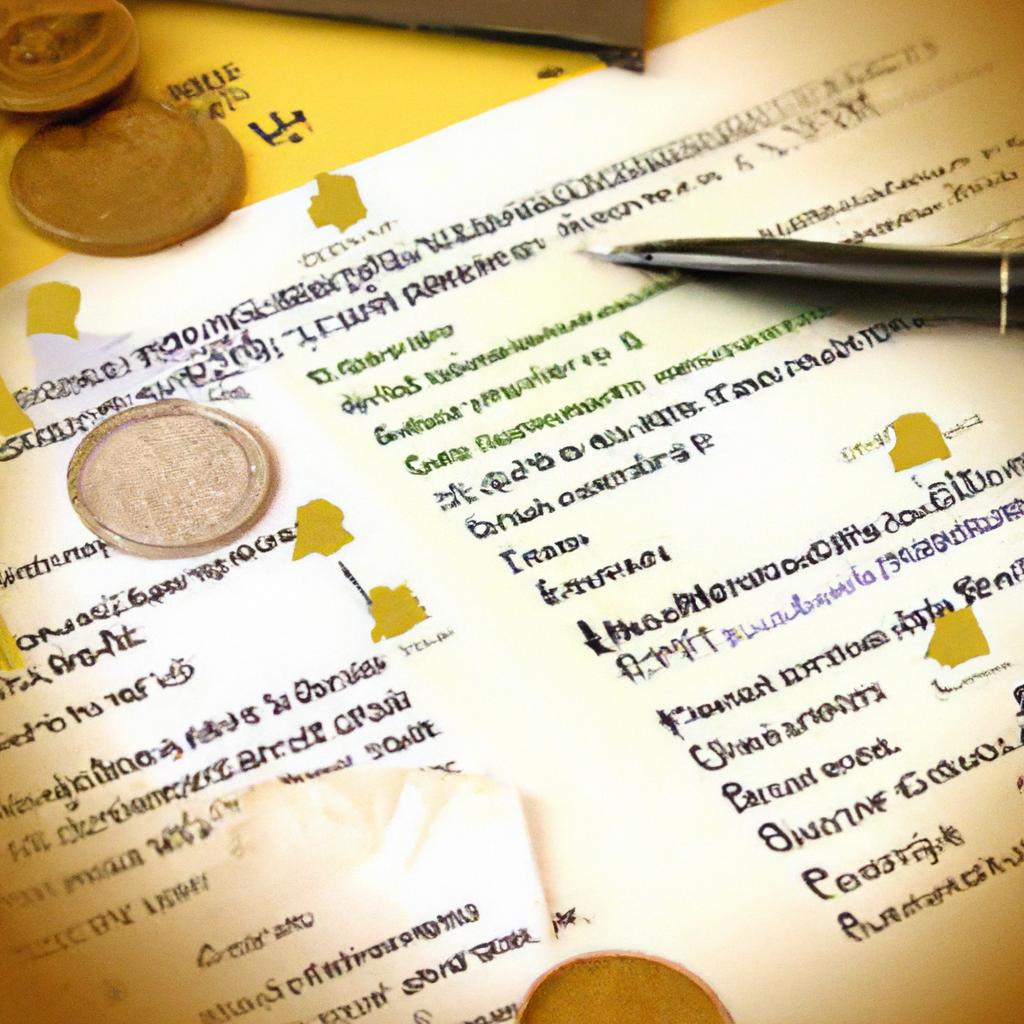
Many people mistakenly believe that estate planning solely involves creating a will or trust to pass on assets. However, estate planning encompasses a wide range of elements beyond just these documents. It is a crucial process that allows individuals to make important decisions about their belongings and beneficiaries.
Contrary to popular belief, estate planning is not exclusive to the wealthy. It is a vital step for anyone looking to ensure their assets are distributed according to their wishes after they pass away. This article aims to shed light on the various components that make up an estate plan.
Understanding Estate Planning
Estate planning involves legally documenting the distribution of one’s assets to designated individuals or organizations. The primary goal of estate planning is to safeguard beneficiaries and assets from potential disputes or uncertainties.
Essential Components of Estate Planning
Here are some key elements that should be included in any comprehensive estate plan:
Wills or Trusts
Creating a will or trust is fundamental in estate planning, regardless of the size of one’s assets. These documents outline how assets should be distributed and can help minimize estate taxes. It is crucial to ensure proper documentation to avoid confusion and legal challenges among family members.
Durable Power of Attorney
Appointing a power of attorney is essential to make decisions on one’s behalf in the event of incapacity. This ensures that assets are managed according to the individual’s wishes and prevents unwanted outcomes in court. Selecting a trusted individual, such as a spouse or family member, is advisable.
Beneficiaries
Designating beneficiaries for insurance plans and savings accounts is crucial, as these assets may bypass the probate process. Failing to name beneficiaries can result in court intervention, potentially leading to outcomes that differ from the individual’s intentions. It is important to choose beneficiaries who are of legal age and mentally competent.
Letter of Intent
A letter of intent can provide guidance to beneficiaries on how to handle one’s possessions. While not legally binding, this document conveys the individual’s wishes and can facilitate the distribution of assets among family members.
Healthcare Proxy
Granting a healthcare proxy allows a trusted individual to make medical decisions on behalf of the individual. It is crucial to select someone who can be relied upon to act in the individual’s best interests regarding healthcare matters.
Key Considerations
- Estate planning is essential for individuals of all financial backgrounds.
- Proper documentation is crucial to avoid potential disputes and ensure assets are distributed as intended.
- Estate planning enables designated individuals to carry out one’s wishes in the event of incapacity.
In Conclusion
Establishing an estate plan is a critical step in protecting loved ones and preserving one’s legacy. By planning ahead, individuals can ensure that their assets are distributed according to their wishes. This article aims to provide insight into the importance of estate planning and its key components.
The post What Does an Estate Plan Include? appeared first on locallawyerny.com.
What Does an Estate Plan Include?
When it comes to planning for the future, an estate plan is a crucial document that ensures your assets are distributed according to your wishes. But what exactly does an estate plan include? Let’s break down the key components of an estate plan:
1. Will
A will is a legal document that specifies how you want your assets to be distributed upon your death. It allows you to designate beneficiaries for your property, name guardians for any minor children, and appoint an executor to oversee the distribution of your estate.
2. Trust
A trust is another important component of an estate plan that can help you manage your assets during your lifetime and provide for your loved ones after your death. A trust can be used to avoid probate, minimize estate taxes, and protect your assets from creditors.
3. Power of Attorney
A power of attorney is a legal document that authorizes someone to act on your behalf regarding financial or medical matters if you become incapacitated. There are two types of powers of attorney: one for financial decisions and one for healthcare decisions.
4. Healthcare Directive
Also known as a living will or advance directive, a healthcare directive outlines your wishes for medical treatment in case you are unable to make decisions for yourself. It can specify the kind of care you want or don’t want, including life-sustaining treatments.
5. Beneficiary Designations
Beneficiary designations are forms that allow you to name individuals or organizations to receive your assets outside of probate. Common examples include life insurance policies, retirement accounts, and payable-on-death bank accounts.
6. Letter of Intent
A letter of intent is a non-binding document that provides guidance to your loved ones about how you want your personal affairs to be handled after your death. It can include instructions on funeral arrangements, special requests, and other personal preferences.
7. Estate Planning Checklist
| Item | Details |
|---|---|
| Create a Will | Specify how you want your assets to be distributed. |
| Establish a Trust | Manage your assets and provide for loved ones. |
| Designate Power of Attorney | Authorize someone to make decisions on your behalf. |
| Prepare Healthcare Directive | Outline your medical treatment preferences. |
Benefits of an Estate Plan
- Peace of mind knowing your wishes will be carried out.
- Protection for your loved ones and assets.
- Minimization of estate taxes and probate costs.
- Clear guidance for your family members in case of incapacity or death.
Practical Tips for Estate Planning
- Review and update your estate plan regularly to reflect any changes in your life circumstances.
- Consult with a qualified estate planning attorney to ensure your plan meets your specific needs and goals.
- Communicate your wishes with your family members to avoid potential conflicts or misunderstandings.
By including these essential elements in your estate plan, you can protect your assets, provide for your loved ones, and ensure your wishes are carried out as intended. Start planning for your future today to secure a legacy for tomorrow.


